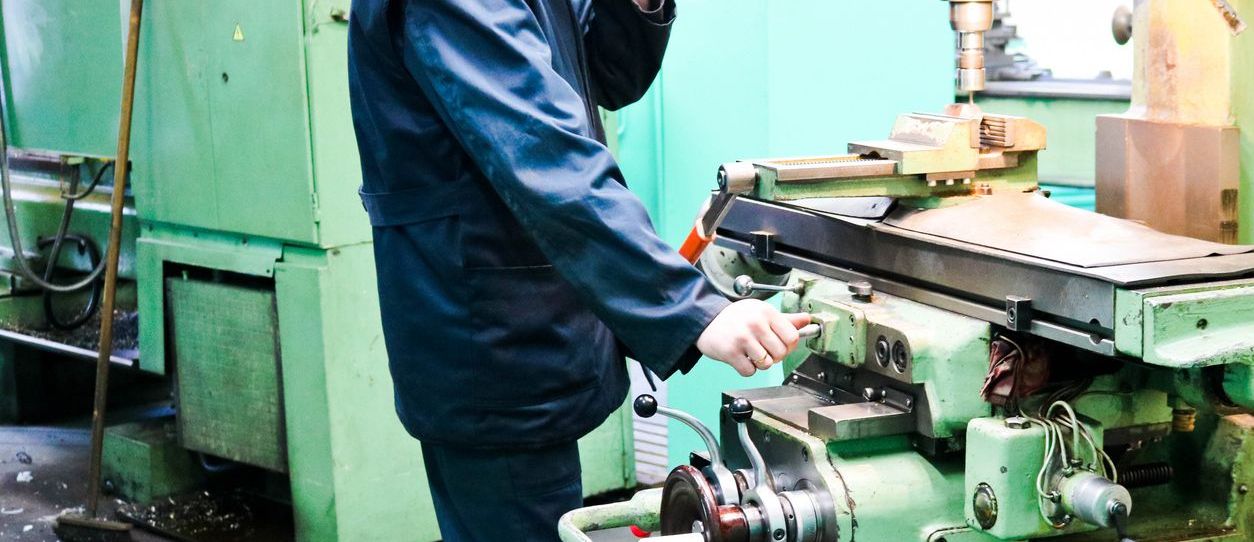2024/07/23
Bankruptcies of Small and Medium-Sized Enterprises Increase: Where are the True “Zombie Companies”?

Bankruptcies of small and medium-sized enterprises (SMEs) remain at a high number, representing more than a 20% increase in the January-June period of 2024 compared to the same period in the previous year. In addition to structural problems such as difficulty in finding successors, other factors including labor shortages, soaring purchasing costs, and excessive debts contribute to the high rate of bankruptcy. These issues deteriorate the cash flow of subcontracting SMEs that have trouble passing on increased costs to their customers by raising prices. Although the Japanese government claims proudly that effective wage increases have extended to SMEs, it should not be ignored that 60% of the SMEs that raised wages did so as “defensive wage hikes implemented regardless of improving performance.” (According to a survey conducted by the Japan Chamber of Commerce and Industry and the Tokyo Chamber of Commerce and Industry).
On the other hand, there is a strong opinion that SMEs that constantly struggle with poor business performance and are unable to pay their employees sufficient salaries only have survived by relying on official assistance and borrowing. Many believe these so-called “zombie companies” should exit the market. In summary, they argue that companies failing to keep up with current technological innovations and clinging to outdated business models should naturally be eliminated by market competition. This would allow capital and labor to shift to growing industries, promoting improved productivity and sustainable growth for the entire Japanese economy.
But do distressed subcontractors deserve to be called zombie companies? On March 7, the Japan Fair Trade Commission (JFTC) issued a corrective action recommendation against Nissan Motor Co., Ltd. for unfair payment reductions to its 36 subcontractors. The ‘bullying of subcontractors’ by one of Japan's leading global companies should have come as a shock; however, the public sentiment was one of disappointment and a sense of “Oh, not again.” As feared, the next case involved illegal conduct by a subsidiary of Toyota Motor Corporation. On July 5, the JFTC issued a corrective action recommendation to Toyota Customizing & Development Corporation, which specializes in custom-designed vehicles, for the forceful storage of auto parts molds without paying the costs and improper return of parts to its subcontractors.
In FY2023, the JFTC issued 13 recommendations due to violations of the Subcontract Act, the highest number in the past 10 years, and provided guidance in more than 8,000 cases. This highlights a structural problem specific to the Japanese supply chain system: the recommendations were directed at finished car manufacturers, which stand at the top of the pyramidal subcontracting structure. Then, we should think about what has contributed to the stagnation of the Japanese economy over the past 30 years and its low productivity? Who has exploited the added value and specialization of SMEs, suppressed their productivity, and stifled their independence? It is, in fact, the major corporations that have failed to promote innovation and have indulged in domestic deflation. Undoubtedly, these “zombies” need to face sanctions.
This Week’s Focus, July 12
Takashi Mizukoshi, the President